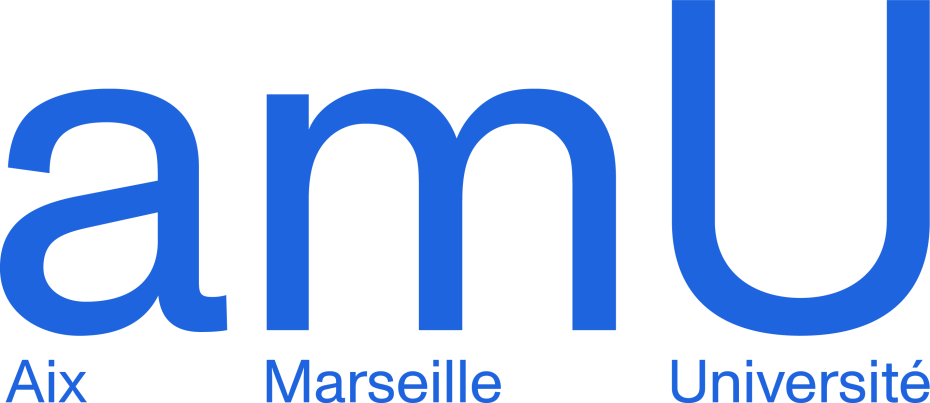WORKSHOP
Summer School on Dynamics and geometry in dimension 1, 2 and 3
Dynamique et géométrie en dimension 1, 2 et 3
2 – 6 June, 2025
Organizing Committee
Comité d’organisation
The interactions between dynamics and geometry in dimensions up to three are fertile, they have been at the origin of many recent discoveries. A particularly nice example is the genericity of the set of three-dimensional Reeb flows admitting infinitely many periodic orbits. These interactions are also at the heart of a number of current research programs around the world in various directions. Transverse geometric structures (possibly singular), for example, represent a promising line of work for the study of Anosov flows in dimension three.
Methods and concepts from one-dimensional dynamical systems, singular geometric structures on surfaces (of which translation surfaces are the paradigmatic example) and three-dimensional flows are fundamental. These ideas permeate a large part of mathematics, inspiring many higher-dimensional notions, but are not as well-known as they should be by a wider public of young researchers in geometry and dynamics.
The aim of this summer school is to help filling this gap, through three in-depth mini-courses on circle diffeomorphisms, translation surfaces and the dynamics of three-dimensional Reeb flows. The mini-course speakers are leading experts who are also recognized for the quality of their presentation, and for their accessibility to younger researchers. Through a scientific program based around these mini-courses and research presentations by the participants, and thanks to a small audience made up mainly of doctoral and post-doctoral students, the school will be organized in such a way as to encourage the young researchers taking part to work together and exchange ideas.
Les interactions entre dynamique et géométrie en dimension au plus 3 sont fécondes, elles sont à l’origine de nombreuses découvertes récentes, dont par exemple la généricité des flots de Reeb en dimension 3 admettant une infinité d’orbites périodiques. Ces interactions sont également au cœur de différents programmes de recherches actuels à travers le monde et ce dans diverses directions. Les structures géométriques transverses, éventuellement singulières, constituent par exemple un axe de travail prometteur pour l’étude des flots d’Anosov en dimension trois.
Les méthodes et concepts venant des systèmes dynamiques en dimension 1, des structures géométriques singulières sur les surfaces (dont les surfaces de translations sont l’exemple paradigmatique), et des flots en dimension 3 sont fondamentaux. Ces idées irriguent une large part des mathématiques, inspirant de nombreuses notions en dimension supérieure, mais ne sont cependant pas aussi connues qu’elles gagneraient à l’être par un plus large public de jeunes chercheurs en géométrie et dynamique.
L’objectif de cette école d’été est de contribuer à combler ce manque, à travers trois mini-cours approfondis sur les difféomorphismes du cercle, les surfaces de translations et la dynamique des flots de Reeb en dimension trois. Les oratrices et orateurs des mini-cours sont des experts de tout premier plan qui sont également reconnus pour la qualité de leur exposition, et leur accessibilité pour de plus jeunes chercheuses et chercheurs. À travers un programme scientifique resserré autour de ces mini-cours et d’exposés de recherche par les participants, et grâce à un public peu nombreux et essentiellement constitué de doctorants et de post-doctorants, l’école sera organisée de sorte à encourager les jeunes chercheuses et chercheurs y participant à travailler ensemble et à échanger.
MINI-COURSES
Vincent Delecroix (CNRS, LaBRI, Bordeaux) Translation surfaces
Selim Ghazouani (University College London) Circle diffeomorphisms, why and how
Ana Rechtman (Institut Fourier, Grenoble, IUF) Broken (open) books and Reeb dynamics
TALKS
Xian Dai (Université Côte d’Azur) Maximal stretches and Mather sets in manifolds of negative curvature
Erick Gordillo (Heidelberg University) Weak mixing property for linear involutions
Ioannis Iakovoglou (Sorbonne Université) On the 3-manifolds supporting transitive Anosov flows
Anna Sophie Schmidhuber (University of Zurich) Dynamical decomposition of foliations on dilation surfaces and affine interval exchange transformations









